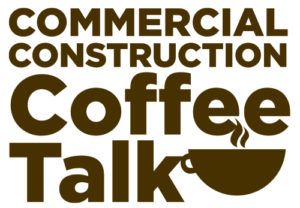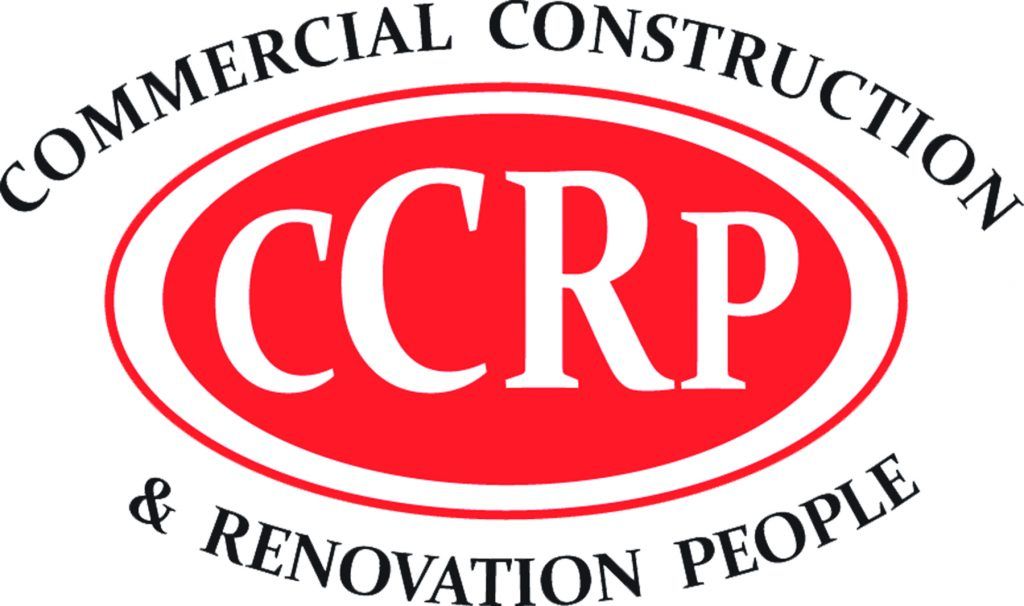Wondering how commercial construction and design are changing? Innovations like modular construction, sustainable materials, smart technologies, and advanced modeling are driving major transformations. These innovative shifts reshaping commercial construction and design are making construction faster, more efficient, and more sustainable. Dive in to explore how these trends are reshaping the industry and what they mean for the future.
Modular Construction Methods Transforming the Industry
In 2025, modular construction has set a new standard for building. Prefabricating components in controlled factory settings and then assembling them on site is revolutionizing the commercial construction industry. The benefits are hard to ignore.
Modular construction offers several advantages:
- It can significantly reduce project completion times, often by up to 50% compared to traditional methods.
- It enhances project efficiency and reduces costs.
- Controlled factory settings ensure consistent quality.
- Waste is reduced by up to 90%.
Construction companies are embracing modular construction for its numerous advantages. These innovative practices represent a major transformation in the sector, allowing architects to explore new possibilities and create energy-efficient designs that align with sustainable construction. Construction firms are also recognizing the benefits of these methods.
Sustainable Practices in Commercial Projects
Sustainability has become essential in commercial construction. Practices such as using green materials and energy-efficient designs are crucial for minimizing environmental impact. Alternative materials like cross-laminated timber are gaining popularity for their sustainability and efficiency.
Government incentives encourage companies to adopt sustainable practices, including:
- Tax breaks for using recycled materials
- Carbon credits that offer financial incentives for choosing materials with lower environmental impacts
- 3D printing, which contributes to sustainability by minimizing waste and enabling the use of recycled materials
Environmental tracking and compliance are crucial in sustainable construction projects. Tools like clean energy certificates demonstrate a commitment to green construction and operations, aligning projects with sustainability goals.
Smart Technologies Enhancing Project Efficiency
The integration of smart technologies is transforming the construction industry. The IoT market in construction is expected to reach $33 billion by 2030, indicating a significant growth in technology adoption. Predictive maintenance through IoT can drastically reduce unexpected equipment failures by analyzing real-time data analytics.
Smart construction sites use interconnected devices for continuous updates on machinery performance and worker safety. Drones equipped with IoT technology are crucial for site monitoring, offering real-time valuable data and imagery that enhance project efficiency. The advent of 5G technology further boosts efficiency by enabling quick data transfer and remote control of machinery.
Emerging technologies like digital twins and robotics streamline operations and improve project delivery. Integrating AI and automation enhances operational efficiency, making projects more productive and cost-effective. Smart technologies are central to modern construction, optimizing small commercial spaces and offering remote control for lighting and hvac systems and hvac systems and climate systems.
Advanced Modeling and Simulation in Construction Planning
Advanced modeling and simulation are transforming construction planning. Building Information Modeling (BIM) serves as a central process enabler, providing detailed virtual representations of projects and improving management and error detection. Simulation software allows engineers to predict the behavior of construction elements under various conditions, streamlining the design process.
Generative AI is revolutionizing construction by optimizing material usage, simulating environmental impacts, and enhancing predictive analytics. The rising use of AI, fluid dynamics, and simulation technologies is transforming construction processes before physical work begins. These advanced tools minimize waste and increase efficiency, ensuring that projects are executed flawlessly.
Technologies like Megagenix Computational Fluid Dynamics are already being used to simulate airflow and structural behavior, reducing risks and enhancing performance even before the first brick is laid.
Custom Solutions for Functional Commercial Spaces
Creating functional commercial spaces requires understanding business needs. Assessing these needs is crucial for tailoring solutions that enhance both space and functionality. Strategic design can create multipurpose areas within small commercial spaces, allowing them to adapt to various business activities.
Flexible work environments that transition between different functions are essential for modern business needs. Custom-built furniture maximizes utility in small commercial spaces. Utilizing vertical space through tall shelving and custom-built solutions can significantly increase storage capacity in limited areas, enhancing space utilization and facility management in office buildings.
Auxiliary services such as sourcing materials and design-forward packaging for retail are crucial for supporting these builds. Sustainable packaging, provided by a paper bag supplier, complements new commercial setups and enhances client-facing environments.
Engineering Precision in Marine and Complex Structures
Precision in marine engineering ensures the safety and reliability of structures exposed to challenging environmental conditions. Advanced mooring systems withstand dynamic forces like wind and waves, providing stability. Modern anchor placement techniques use sophisticated technology for accurate positioning, vital for the stability of marine projects.
Incorporating high-performance materials into marine infrastructure enhances durability and reduces maintenance costs over time. Projects near water bodies, ports, or requiring mooring systems demand meticulous planning and execution.
Engineering advancements are crucial for creating safe and stable marine infrastructure. Firms like Franklin provide specialized mooring and marine-related construction services, ensuring these complex structures meet the highest standards of precision and safety.
Designing for Efficiency and Growth
Designing for efficiency and growth is essential in today’s commercial construction industry. Companies increasingly prioritize scalable infrastructure to adapt to changing market demands and operational challenges. Growth-focused planning is becoming standard in industrial and commercial projects, emphasizing the need for effective resource allocation in commercial building and design processes.
Evolving economic conditions, such as lower interest rates and government infrastructure investments, are expected to support construction demand moving forward. Firms focusing on long-term industrial development and innovation, like Industrial Growth Platform Inc., play a crucial role in shaping the future of construction.
Prioritizing energy-efficient designs and sustainable practices enhances operational costs and reduces long-term energy consumption costs, leading to enhanced efficiency. This approach helps to improve efficiency and provides key benefits for the environment and supports global growth, economic trends, adaptive reuse, energy efficient materials, energy usage, and energy efficiency.
Integrating Sustainability from the Ground Up
Integrating sustainability into construction from the outset is vital for minimizing environmental impact. Sustainable building practices include using environmentally friendly materials and implementing energy-efficient technologies. Renewable materials, such as bamboo and hemp, can be harvested sustainably and help preserve natural resources. Sustainable construction practices are essential for ensuring a greener future.
Certifications like Green Mark evaluate buildings based on their environmental impact and performance, promoting sustainable design in construction. Projects with Green Mark certification can benefit from reduced energy and water usage, improving overall efficiency.
Designing for disassembly allows materials to be easily recycled, promoting a circular economy. Sustainable materials can enhance performance by offering unique properties that traditional materials may lack. Embedding sustainability in every aspect of construction helps companies achieve greater efficiency and environmental responsibility.
Key Trends Reshaping the Global Construction Industry
The global construction industry is undergoing a massive transformation driven by key trends. Construction robotics and automation mitigate labor shortages and increase operational efficiency by performing repetitive tasks. Digital twins create virtual replicas of real-world structures, enhancing project planning and safety monitoring.
Technologies used in construction include:
- Generative AI: used for automated design generation and site optimization, streamlining the construction process.
- 3D printing (additive manufacturing): allows for the rapid creation of building components and structures.
- Drones: utilized for real-time data gathering and site inspections, making construction safer and more efficient.
Connected construction sites use a network of devices and sensors to improve communication and collaboration among teams. These emerging trends are reshaping the global construction industry, driving innovation and enhancing project efficiency.
The Role of Technological Advancements in Modern Construction
Technological advancements in construction technology are revolutionizing modern construction. 3D printing allows for the rapid creation of complex structures, reducing labor costs and project timelines significantly. Emerging technologies like robotics are set to drastically enhance productivity and precision in construction tasks.
Drones enhance construction by providing aerial imagery for site inspections, enabling quick surveys and safety monitoring. Integrating IoT devices in construction tools enables real-time monitoring and data-driven decision-making, improving overall efficiency.
These technological breakthroughs enhance project efficiency and pave the way for more innovative building practices. By embracing modern technology, the construction industry can achieve greater precision, sustainability, and cost-effectiveness.
Overcoming Challenges in the Construction Sector
The construction sector faces several challenges, including a major challenge of a significant skilled labor shortage due to an aging workforce and insufficient entry of younger workers. To address this, firms are increasingly turning to robotics to improve productivity and reduce costs.
Diversifying suppliers is another key driver strategy for mitigating supply chain disruptions. Ensuring a reliable supply chain and investing in workforce development helps construction companies overcome these challenges and thrive in a competitive market.
Embracing innovative building practices and sustainable construction methods allows the industry to address these challenges head-on and pave the way for a more resilient future.
Future-Ready Construction: Collaboration Across Industries
Future-ready construction requires collaboration across industries, including design, energy, engineering, and packaging. Partnerships among technology providers, contractors, and public entities are crucial for driving digital transformation in construction. Strategic alliances unlock access to expertise and resources, promoting innovation to address complex industry challenges.
Investments in workforce training and diversity initiatives are essential for fostering a culture of innovation and effectively using new technologies in construction. Staying adaptive and embracing collaboration are key to ensuring future-ready construction projects.
Collaboration enables the industry to achieve greater efficiency, sustainability, and innovation in real-time collaboration in commercial construction.




























